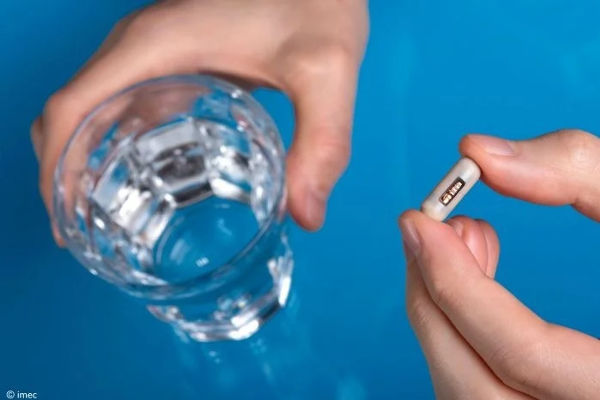The future of healthcare is moving toward smaller, smarter, and more accessible solutions. Among the most promising innovations in this space is the ingestible sensor a tiny device that can be swallowed to monitor internal body functions. While this concept may sound futuristic, researchers and engineers are already transforming it into reality, with a growing focus on making these sensors affordable and scalable for everyday healthcare.
This article explores the journey of developing a low-cost ingestible sensor, from initial prototype to final product, and why it has the potential to revolutionize patient monitoring.
Understanding Ingestible Sensors
Ingestible sensors are miniature electronic devices designed to travel through the gastrointestinal (GI) tract and collect physiological data such as temperature, pH levels, pressure, or even biomarkers. Once swallowed, these sensors transmit real-time data wirelessly to external devices like smartphones or cloud-based monitoring systems.
Unlike traditional diagnostics that require invasive procedures or external wearables, ingestible sensors offer a non-invasive, highly accurate way to track internal health continuously. This makes them particularly useful in monitoring chronic conditions, drug delivery effectiveness, or early signs of disease.
From Concept to Working Prototype
The development process typically starts with a concept phase where the intended function, target condition, and form factor are defined. For a cost-effective design, every component must be optimized for price, power, and performance.
A basic prototype includes:
- Microcontroller unit (MCU) for processing
- Sensors tailored to specific readings (e.g., pH, temperature)
- Battery or energy harvester
- Wireless transmitter (e.g., Bluetooth or RFID)
- Biocompatible casing that can safely navigate the GI tract
The biggest challenge during prototyping is miniaturization. Fitting all components into a capsule-sized device requires advanced engineering and creative design. Early-stage testing is conducted using simulation models or animal trials to ensure the sensor’s functionality and safety.
Cost-Efficient Design Strategies
To bring the device to market at a low cost, developers must consider materials, manufacturing techniques, and component sourcing. Some key cost-saving strategies include:
- Using off-the-shelf components: Whenever possible, using readily available microchips and sensors reduces production costs.
- Printed electronics: Flexible circuits printed on biodegradable materials help cut manufacturing expenses.
- Energy-efficient design: Power consumption must be minimized to use low-cost batteries or even energy-harvesting mechanisms from body fluids.
- Mass production potential: Designing for injection molding or roll-to-roll printing can scale production affordably.
These strategies help reduce the cost per unit significantly, making it viable for mass-market healthcare applications, especially in resource-limited settings.
Clinical Integration and Data Management
Building the hardware is just one part of the equation. A successful ingestible sensor must also integrate seamlessly into clinical workflows.
Data captured by the sensor needs to be:
- Accurately transmitted in real-time
- Securely stored with end-to-end encryption
- Easily visualized for doctors and patients
- Compatible with electronic health records (EHRs)
Many teams are developing accompanying mobile apps or cloud platforms to visualize the sensor data, alert healthcare providers in case of anomalies, and support remote patient monitoring especially useful in rural or underserved areas.
Regulatory and Safety Considerations
For any ingestible device, safety is paramount. Developers must ensure that materials used are non-toxic, biocompatible, and capable of safely exiting the body after completing their task. Before market approval, the device must undergo clinical trials and meet regulations set by health authorities such as the FDA or India’s CDSCO.
Key areas of compliance include:
- Ingestion safety and casing integrity
- Wireless radiation exposure limits
- Data privacy regulations like HIPAA or India’s DPDP Act
Looking Ahead: The Impact on Future Healthcare
The shift from bulky medical devices to swallowable diagnostic tools marks a major leap in personalized healthcare. A low-cost ingestible sensor can empower doctors with real-time internal data, reduce hospital visits, and enable early interventions for millions.
In developing countries like India, where access to diagnostic infrastructure is limited in rural areas, these sensors offer a breakthrough. Affordable, easy to use, and capable of scaling, they have the potential to democratize healthcare and enhance outcomes across the board.
Conclusion
Transforming a prototype ingestible sensor into a low-cost, reliable product is a multidisciplinary journey involving engineering, biomedicine, design, and software integration. But the impact is clear: smaller sensors can lead to bigger advances in health monitoring.
As research and manufacturing techniques advance, the dream of using a simple pill to monitor complex health conditions is not just possible it’s fast becoming a part of tomorrow’s standard care.













